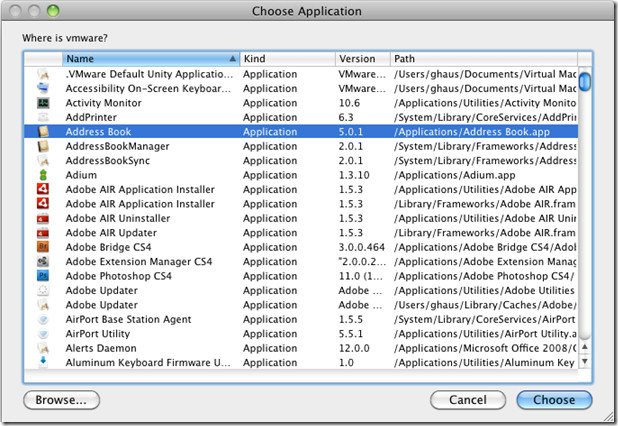

For Japanese users, text input from a keyboard will now be converted live. Keyboard input and trackpad handwriting have also both been improved. (The Automator icon is the one that looks like a robot. Photos is also getting an upgrade, letting you use third-party editing extensions and better library management.Ĭhinese users are getting a new system font called PingFang, designed to be readable in both Traditional and Simplified Chinese. To create a Mac quit all applications app with the Mac Automator, just follow these steps: 1) Start the Mac Automator Click the Applications folder on the Dock, then click the Automator icon to start the Mac Automator. Among these improvements are a smarter, more contextual Spotlight, a redesigned Notes experience, and new tools in Safari.Īs with iOS 9, El Capitan will also feature transit directions in the Maps application. Coming later this year, El Capitan will feature a number of enhancements both to user experience and performance.

#QUIT ALL APPS MAC OS X UPDATE#
If you have any further questions, just leave your comment below.Apple has posted its official site to preview OS X 10.11 El Capitan, highlighting what’s coming in the new update this fall.Īpple has updated its OS X website with information about the upcoming OS X 10.11 El Capitan.
#QUIT ALL APPS MAC OS X HOW TO#
I hope this article will help you to learn more about how to force quit Mac apps with shortcuts, as well as terminal commands. For example: kill -9, to force quit Finder. For example: killall Finder, to force quit Finder. The following instructions will show what you must do to uninstall. If you don’t like to use methods that are mentioned above (even though these ways are simpler), then open Terminal app (under Applications -> Utilities -> Terminal), and use any of two commands below: Click Scan to scan out all applications on your Mac. To force quit any programs on your Mac computer, open Activity Monitor (also known as Task Manager Mac), select the program you want to close and click on the “ Force Quit” button. If any open documents have unsaved changes, you will be asked whether you want to save them. ControlOptionCommandPower button or ControlOptionCommandMedia Eject : Quit all apps, then shut down your Mac. There are multiple ways to quit apps on your Mac, and today we’ll be showing you six ways this can be done. For example: Force Quit Finder.įorce Quit Mac Apps With Activity Monitor ControlCommandMedia Eject : Quit all apps, then restart your Mac. In order to force quit a program from Apple menu, press and hold Shift key on your keyboard, and then click on the Apple logo > Force Quit. The selected application will automatically be closed, without any alerts or confirmations.Using contextual menu (or application's menu): Go to the Dock at the bottom of the screen and find the icon for the app, then right click (or ctrl + click) to bring up the contextual menu. Press Alt (or Option) and then select “ Force Quit” from the menu. If you want to quit the app (release the memory, reduce CPU usage, etc) then there are several ways to do this: Using keyboard shortcut: cmd + Q.Right-click on the app you want to quit on the dock (Mac’s dock), at the bottom of the screen.You just need to do follow this instruction: Here is another simple way to close any unresponsive applications on Mac. You can also force quit an active application on Mac by pressing and holding Command + Option + Shift + Esc key for a few seconds until the program forcibly close. Force Quit Mac Applications Force Quit An Active Mac App With Keyboard Shortcut


 0 kommentar(er)
0 kommentar(er)
